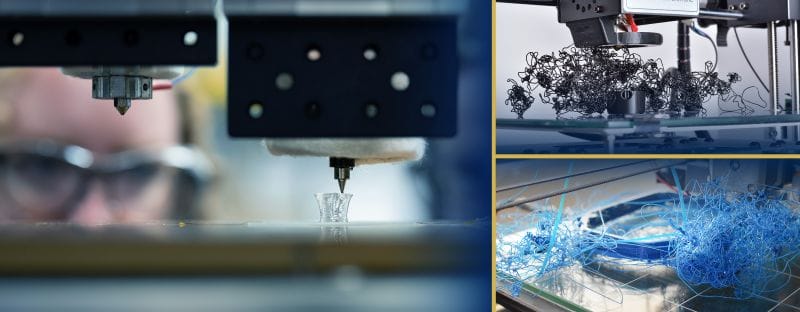RSS feed source: Federal Emergency Management Agency
DENVER – This afternoon FEMA authorized the use of federal funds to help with firefighting costs for the Monroe Fire burning in Sevier County, Utah. The fire started July 13, 2025 and is 0-percent contained.
Acting FEMA Region 8 Administrator Katherine Fox approved the state’s request for a federal Fire Management Assistance Grant (FMAG) this afternoon after determining the fire threatened such destruction that it would constitute a major disaster.
At the time of the request, the fire had burned 8000 acres and was threatening critical infrastructure including essential communications as well as the local watershed. There are also several other large fires burning uncontrolled within the state of Utah and fire weather conditions remain a concern.
The authorization makes FEMA funding available to pay 75 percent of the state’s eligible firefighting costs under an approved grant for managing, mitigating and controlling designated fires. These grants do not provide assistance to individual home or business owners and do not cover other infrastructure damage caused by the fire.
Fire Management Assistance Grants are provided through the President’s Disaster Relief Fund and are made available by FEMA to assist in fighting fires that threaten to cause a major disaster. Eligible items can include expenses for field camps; equipment use, repair and replacement; mobilization and demobilization activities; and tools, materials and supplies.
For more information on FMAGs, visit https://www.fema.gov/fire-management-assistance-grants-program-details.
Click this link to continue reading the article on the source website.


